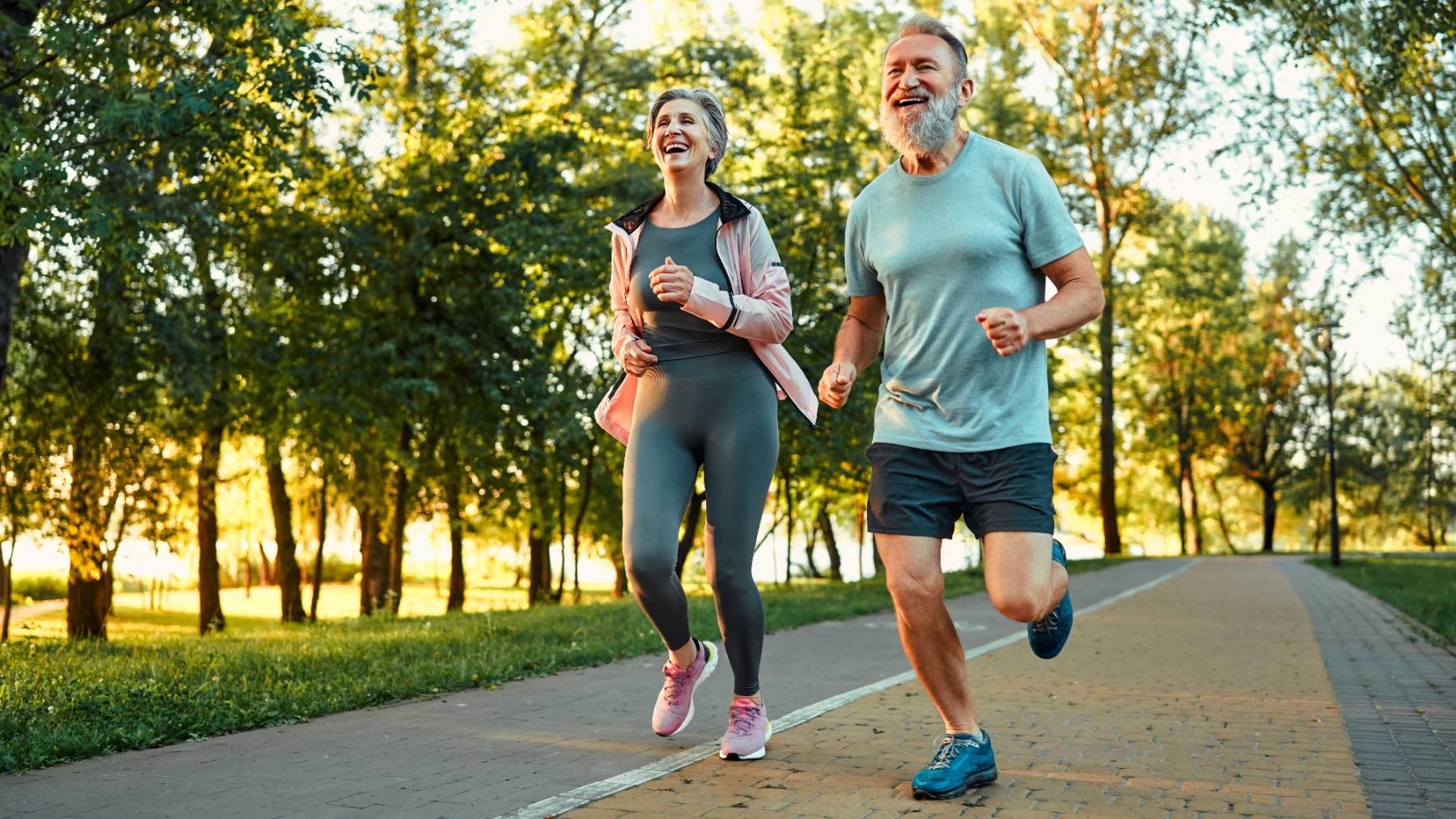Exercise timing creates almost as much controversy as fad diets. Early birds swear a sunrise sweat jump‑starts metabolism; night owls claim evening sessions unlock personal‑best lifts.
Science says both camps have a case, and the advantages might surprise you.
In favor of the 07:00 AM alarm clock
Morning loyalists pull data from the American Heart Association, which points out that dawn workouts face fewer calendar ambushes and prime the metabolism for the day ahead. A small but influential study at Northumbria University showed fasted 7 a.m. cardio burned about twenty percent more fat than the same workout performed after breakfast.
Add in the early endorphin rush that Mayo Clinic doctors tout and you leave the house upbeat before email overload can hijack your daily goals.
Circadian biology lends support. Core‑body temperature hits its nightly low around 5 a.m., then climbs; cortisol peaks an hour after waking, nudging blood sugar upward. Training inside that window rides a natural hormonal wave that may enhance fat oxidation and focus.
But make sure to nourish yourself appropiately: a banana plus Greek yogurt gives quick glucose and ten grams protein, enough to protect muscle (yet light enough to avoid side stitches).
The Nigh-Owl squad
Still, dismissing evening exercise is outdated. A 2023 meta‑analysis of twenty‑three trials found most participants who finished workouts at least ninety minutes before lights‑out either slept the same or better than rest‑day controls.
Strength and anaerobic performance also peak between five and eight p.m. when muscle temperature, joint flexibility and reaction time are naturally higher. That’s why Olympic swimming finals and NBA tip‑offs often happen at night; athletes jump higher and sprint faster after sundown.
Notably, a 2022 randomized study from Skidmore College split forty active adults into a.m. and p.m. groups on identical programs. Women who lifted at dawn lost more abdominal fat and lowered blood pressure more than their evening counterparts, while men gained more upper‑body strength and power in the p.m. cohort. One theory: sex hormones interact differently with circadian cues, altering training response.
What should you do then?
If your mission is consistency or weight management, morning may still edge ahead. Life rarely cancels a 6 a.m. date with the treadmill, but family dinners, overtime, and social plans can torpedo 7 p.m. intentions. Morning exercisers also report stronger willpower with food choices throughout the day… call it the “I’m‑already‑winning” effect.
Conversely, athletes chasing personal records might exploit the evening tilt toward higher maximal strength. A 2019 French study recorded a three‑to‑seven‑percent bump in one‑rep‑max lifts done after 6 p.m. compared with 7 a.m. The difference is small but meaningful at competitive levels.
Remember, “best” in science often means “best for a given outcome.” Want to drop ten pounds? Morning sessions paired with a protein‑rich breakfast may help. Shooting for a marathon PR? Log key workouts late afternoon when lung capacity is highest. Schedule whipsawed by shift work or toddlers? Slot ten‑minute “exercise snacks” throughout the day; research shows three brisk stair climbs can improve VO₂ max as much as a continuous jog.
The real villain isn’t the clock; it’s inconsistency. The AHA emphasizes at least 150 minutes of moderate or 75 minutes of vigorous exercise weekly, regardless of timing. Put differently: the workout you finish beats the ideal session you cancel. So experiment; track sleep, mood and performance for both morning and evening blocks. Then lock in the pattern your body and calendar endorse.
Sunrise or sunset, exercise remains the cheapest medicine, the sharpest antidepressant and, done faithfully, a daily vote for your future self. The science backs you either way; the surprise is how much power you have to choose the hour and reap the benefits.
